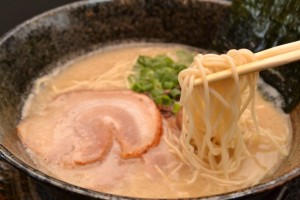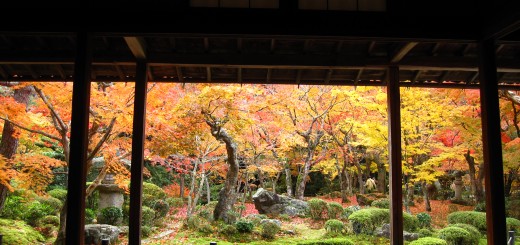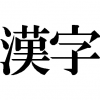I believe particle is very difficult for Japanese language learner since there are many kinds of particle and many usages for each particle. Also, we have few good Japanese textbook which explains particles in easy and practical ways. Here, I will try to pick up useful particles and explain their usages with examples.
In this post, let’s study basic concept and kinds of particles.
What is particle?
Have you heard of “が(ga)”, “は(wa)”, “を(wo)”, “の(no)” in Japanese sentence before?
These are called particles. Particles play the roles of markers in Japanese sentences and are used together with noun or verb or adjective. Particles are never used alone.
For example, particle following noun shows how the noun is related to the predicate of the sentence.
Let’s check one example.
Ex) 私は ラーメンを 食べる。
(Watashi wa ramen wo taberu)
In English: I eat ramen.
There are two particles, “は(wa)” and “を(wo)” in this sentence.
“は(wa)” is used with 私(watashi, it means “I” in English) and shows 私 is subject in this sentence.
“を(wo)” is used with ラーメン(ra-men) and shows ラーメン is object in this sentence.
There are many kinds of particles in Japanese and you may feel it’s confusing at first.
However, once you master meaning and usage, it will be useful to understand meaning of sentences.
List
I made list for main particles as bellow.
Please click link for more detail on each particle.
| No. | Particle | Importance | Main Meaning and Usage |
| 1 | は(wa) | A | Subject, Contrast |
| 2 | が(ga) | A | Subject, Subject in a subordinate sentence |
| 3 | を(wo) | A |
Object, Place where motion takes place |
| 4 | の(no) | A | Possessive, Equivalent, Location |
| 5 | に(ni) | A | Indirect object, Location, Point in time, Destination |
| 6 | で(de) | A | Place, Means, Cause |
| 7 | へ(e) | A | Direction of motion |
| 8 | か(ka) | A | Question, Alternative |
| 9 | と(to) | A | Joint word( or Joint phrase), Accompanying person |
| 10 | ね(ne) | B | Agreement (or confirmation) |
| 11 | よ(yo) | B | Emphasis |
| 12 | や(ya) | B | Showing example |
| 13 | から(kara) | A | Starting point |
| 14 | まで(made) | A | Destination |
| 15 | までに(madeni) | B | Time limit |
| 16 | より(yori) | A | Comparison |
| 17 | ほど(hodo) | B | Extent |
| 18 | だけ(dake) | A | Restriction and limitation |
| 19 | しか(shika) | B | Limitation |
(A: Important, B: Not so important but useful if you know)
※1 “は” is pronounced as “wa” or “ha” depending on sentence. As a particle, we always pronounce “wa” in sentence.
※2 “へ” is pronounced as “he” or “e” depending on sentence. As a particle, we always pronounce “e” in sentence.
How was this post?
If you like this or feel this is useful, please share on Facebook and retweet on Twitter!
If you wanna join Leo Sensei’s group on Facebook, click Facebook mark on top or bottom and send friend request to me. You can get updated information and ask me freely about Japanese language and culture and so on.
For “Subject (主語)”, check this page.
For “Copula, a is b.”, check this page.




















These information is very helpful for learner.. for grammer point of view
Thank you so much!
I will upload more useful posts!
This is very useful to the foreign that want to learn nihongo. Like me having problem in composing a sentence because i’m not sure what right particle i need to use. This is helped me a lot. Thank you sensei.
Thanks!